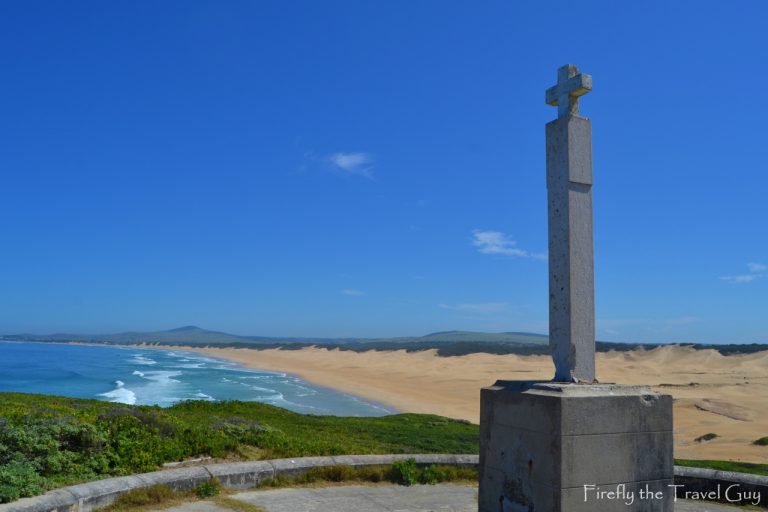
I’d like to think I know most of the western part of the Eastern Cape very well. Places like the Tsitsikamma I know like the back of my hand, so I couldn’t figure out why I have never been to the Moravian Church in Clarkson when I saw a couple of photos of it on social media recently. Well, it was time for a detour.

The village of Clarkson is a former mission station of the Moravian Mission Society. It was founded in 1839 by Bishop Hans Peter Hallbeck with five coloured families from Enon and a Fingo chief with his entourage of farmers. William Wilberforce received 200 pounds from his friend Thomas Clarkson to set up the new mission station that was named after Clarkson. Clarkson spent his adult life working to abolish the Transatlantic Slave Trade and slavery itself. Rev Halter of Enon laid out the station with Church Street as the only street with the Coloured people on one side and the Fingos on the other side of the street. In December 1840 the first church building was consecrated.

The missionaries initially also worked as teachers at the station and often offered their services to the surrounding farmers as well. This meant that the farmers’ children were baptised by them and given medical help. Good wheat harvests, indigenous wood and the use of the water mill by the white farmers of the surrounding area generated enough money so that a school could be built in 1864.
During both world wars, the German leaders of the mission station were interned. After the Second World War, problems with poor church attendance, livestock theft, alcohol abuse and liquor smuggling started to increase. In 1970 the Moravians withdrew from the control of the village and in 1996 the ownership was transferred to the community. The Fingos who had to move to the Ciskei in 1976 due to Group Areas Act, returned to Clarkson and the surrounding farms in 1994.


The parsonage and the Reverend’s office is located just behind the church. I love the sign that says “Kantoor vir Registrasie van Geboorten en Sterfgevalle” (Office for Registration of Births and Deaths).

Across the road from the church is the village cemetery. On the arch as you enter the cemetery is written “I live and you shall live” in Dutch.


On the back of the arch it says Ndipila Mna Nani Niya Kupila. Google tells me that in Xhosa it means “I am healthy and you will be healthy” so it may just as well also mean “I live and you shall live” as in the front of the arch.


The old section of the cemetery going back to the mission station days can be found nearest to the church, while the new part of the cemetery is higher up.

Back at the church you will find the old mission bell hanging next to the church. The bell was used as a call to worship, and it became a symbol of the mission’s influence and authority in the area. It was also used to announce important events, such as weddings, funerals, and meetings.


I wish I had time to ask around for somebody to open the church for me but I’ll keep that for my next visit. Driving out I was thinking to myself how this community could turn their village into a little tourism destination with a coffee shop and eatery, the history of the church and surrounds plus showing off the different local cultures. It would go a long way to improve the situation of the people who live here. Maybe one day.




